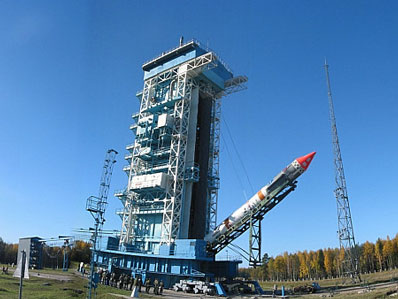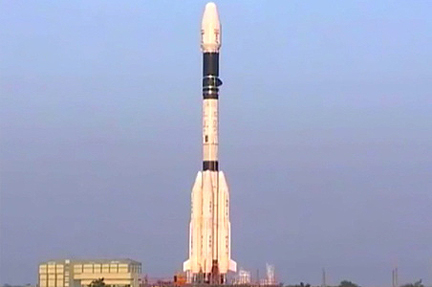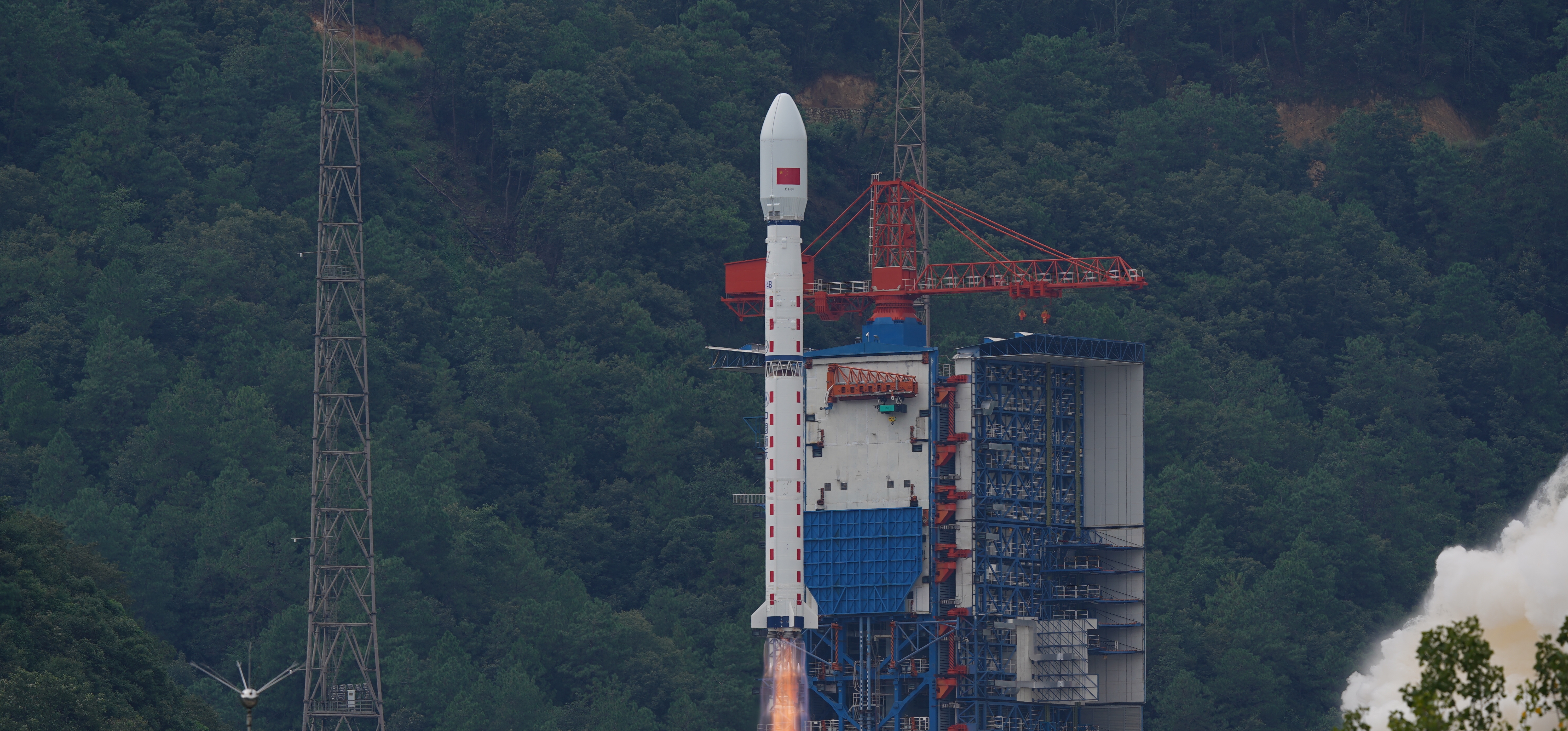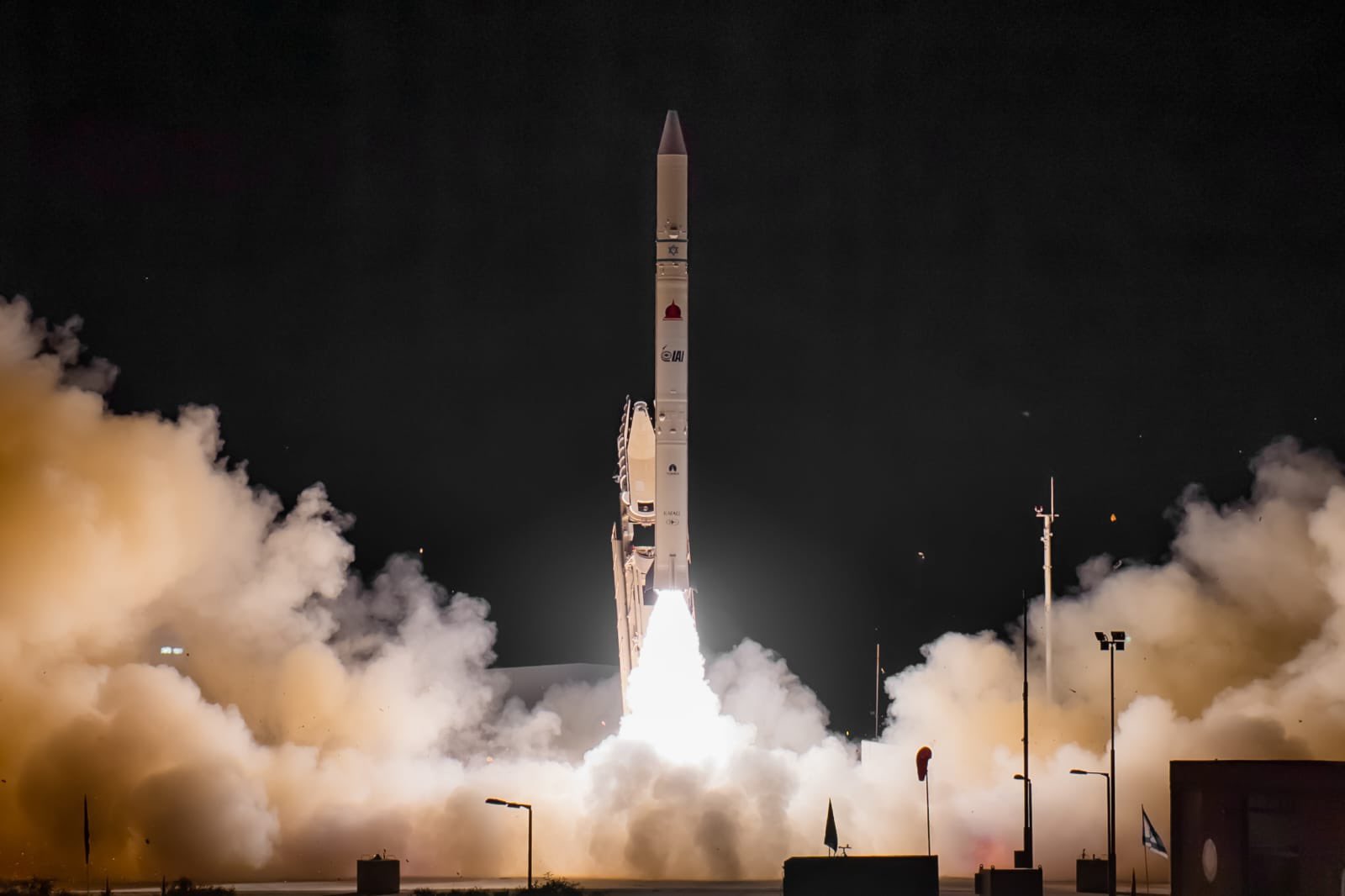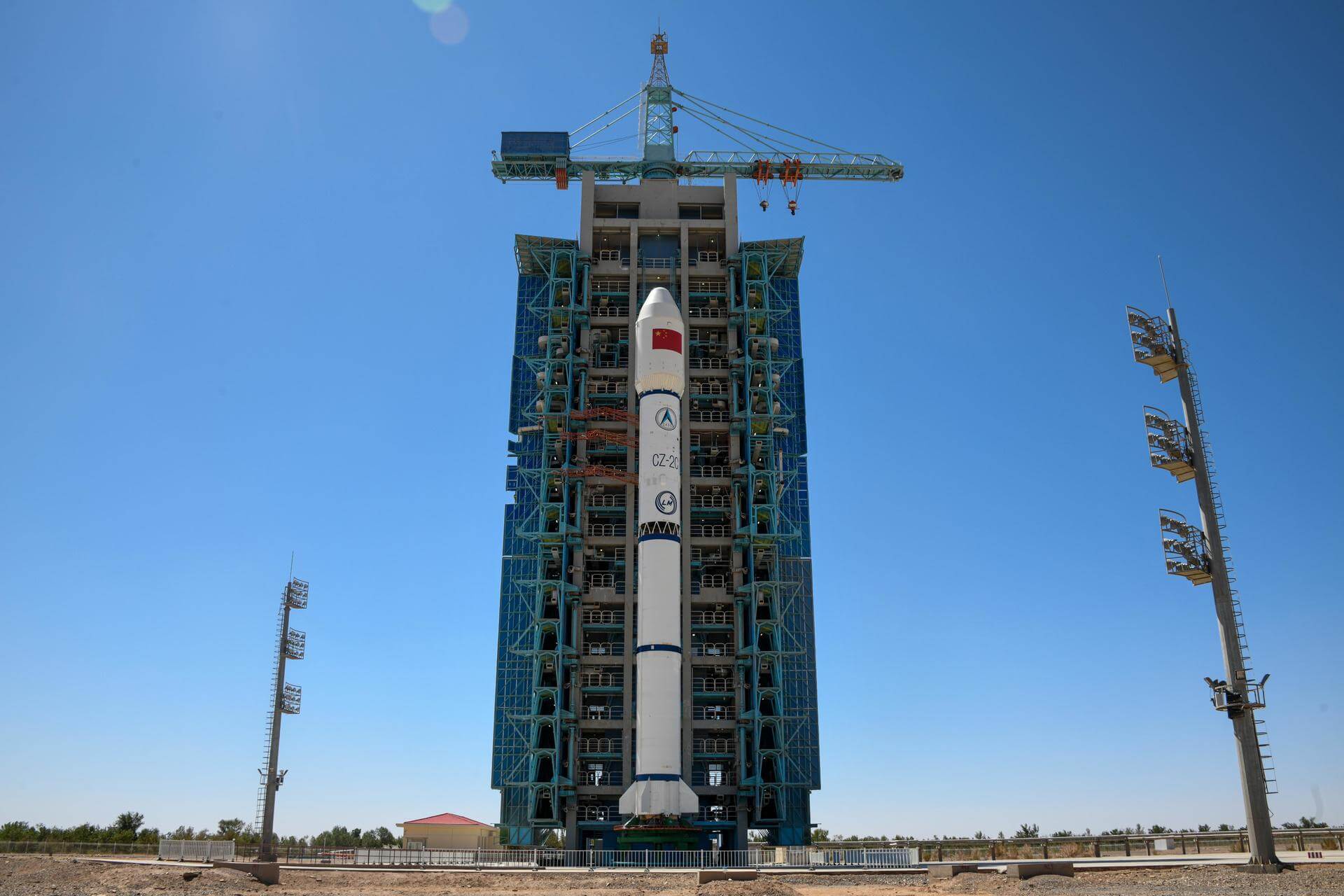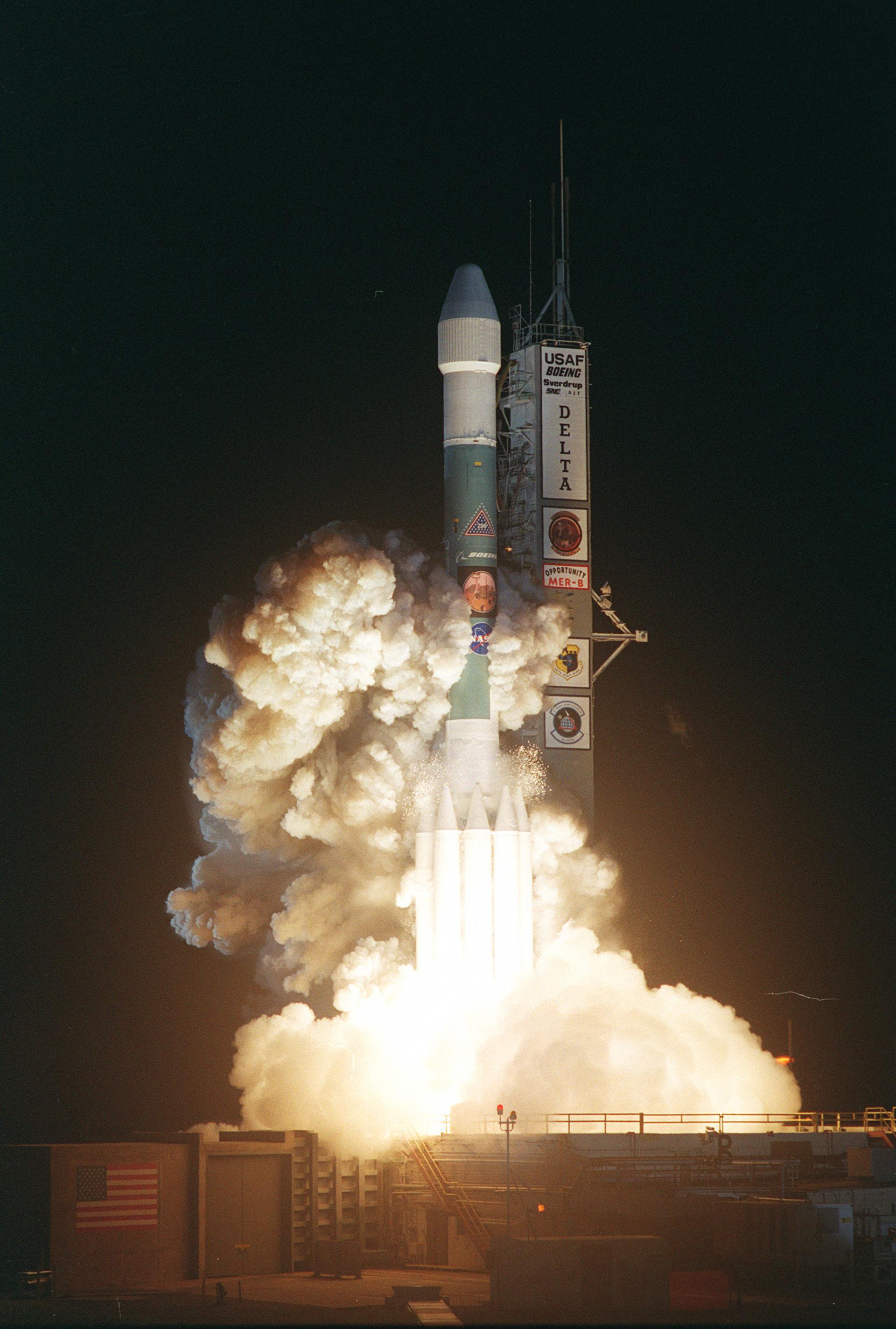Previous Spaceflight Launches
Filter by Agency, Locations or Vehicles
Show All LaunchesSoyuz-U-PVB | Yantar-4K2M 1
Progress Rocket Space Center | RussiaPlesetsk Cosmodrome, Russian Federation
Sept. 24, 2004, 4:50 p.m.
Status: Launch Successful
Mission:
Film-return reconnaisance satellite. Maneuvered on October 1 to a 213 x 330 km orbit. Believed to be an improved Yantar-4K1 with a longer lifetime - and given the code name 'Kobalt' previously applied to the defunct Yantar-4K2 system. When re-entry was commanded after only 107 days in orbit, there was speculation that problems had arisen with the satellite. Sources claimed the satellite had some kind of control problem, which was brought under control, and the two smaller film return capsules were successfully returned.
Low Earth OrbitKosmos-3M | Strela-3 135 to 136
Russian Space Forces | RussiaPlesetsk Cosmodrome, Russian Federation
Sept. 23, 2004, 3:07 p.m.
GSLV | GSAT-3
Indian Space Research Organization | IndiaSatish Dhawan Space Centre, India
Sept. 20, 2004, 10:31 a.m.
Long March 4B | Shi Jian 6A & 6B
China Aerospace Science and Technology Corporation | ChinaTaiyuan Satellite Launch Center, People's Republic of China
Sept. 8, 2004, 11:14 p.m.
Status: Launch Successful
Mission:
It was announced that the two satellites had a design life of at least two years, and would be used to probe the space environment, radiation and its effects, record space physical environment parameters, and conduct other related space experiments.
Low Earth OrbitShavit-2 | Ofeq-6
Israel Aerospace Industries | IsraelPalmachim Airbase, State of Israel
Sept. 6, 2004, 10:53 a.m.
Atlas IIAS | NROL-1
Lockheed Martin | United States of AmericaCape Canaveral SFS, FL, USA
Aug. 31, 2004, 11:17 p.m.
Status: Launch Successful
Mission:
63rd and last flight of Atlas IIAS. 576th and final launch of Rocketdyne-powered Atlas rockets. Final launch from LC36A after 42 years of use. Launch delayed from June 24 and 25, July 1 and 27, August 27, 28, 29 and 30. The payload was probably a communications satellite used to relay data from imaging spy satellites.
Geostationary OrbitLong March 2C | Fanhui Shi Weixing (19)
China Aerospace Science and Technology Corporation | ChinaJiuquan Satellite Launch Center, People's Republic of China
Aug. 29, 2004, 7:50 a.m.
Status: Launch Successful
Mission:
Recoverable satellite officially stated to be conducting space scientific research, land surveying, mapping and other scientific experiments. Said to have improved experimental technology, with higher orientation precision and more complex on-board computers and software.
Low Earth OrbitSoyuz U | Progress M-50
Russian Federal Space Agency (ROSCOSMOS) | RussiaBaikonur Cosmodrome, Republic of Kazakhstan
Aug. 11, 2004, 5:03 a.m.
Proton-M Briz-M | Amazonas-1
Khrunichev State Research and Production Space Center | RussiaBaikonur Cosmodrome, Republic of Kazakhstan
Aug. 4, 2004, 10:32 p.m.
Status: Launch Successful
Mission:
The Amazonas 1 Latin American satellite, launched in the summer of 2004, is the fifth and most powerful satellite launched by the Spanish telecommunications satellite organization Hispasat so far. It provides a full range of both fixed and broadcast communications services, including TV broadcasting, business services, VSAT and data broadcasting, to the whole of the American continent, together with a transatlantic link for Europe and North Africa, over a 15-year mission lifetime.
Geostationary OrbitDelta II | Messenger
United Launch Alliance | United States of AmericaCape Canaveral SFS, FL, USA
Aug. 3, 2004, 6:15 a.m.
Status: Launch Successful
Mission:
MESSENGER was a NASA robotic space probe that orbited the planet Mercury between 2011 and 2015, studying Mercury's chemical composition, geology, and magnetic field. The name is a backronym for "MErcury Surface, Space ENvironment, GEochemistry, and Ranging", and a reference to the messenger god Mercury from Roman mythology.
Low Earth Orbit
